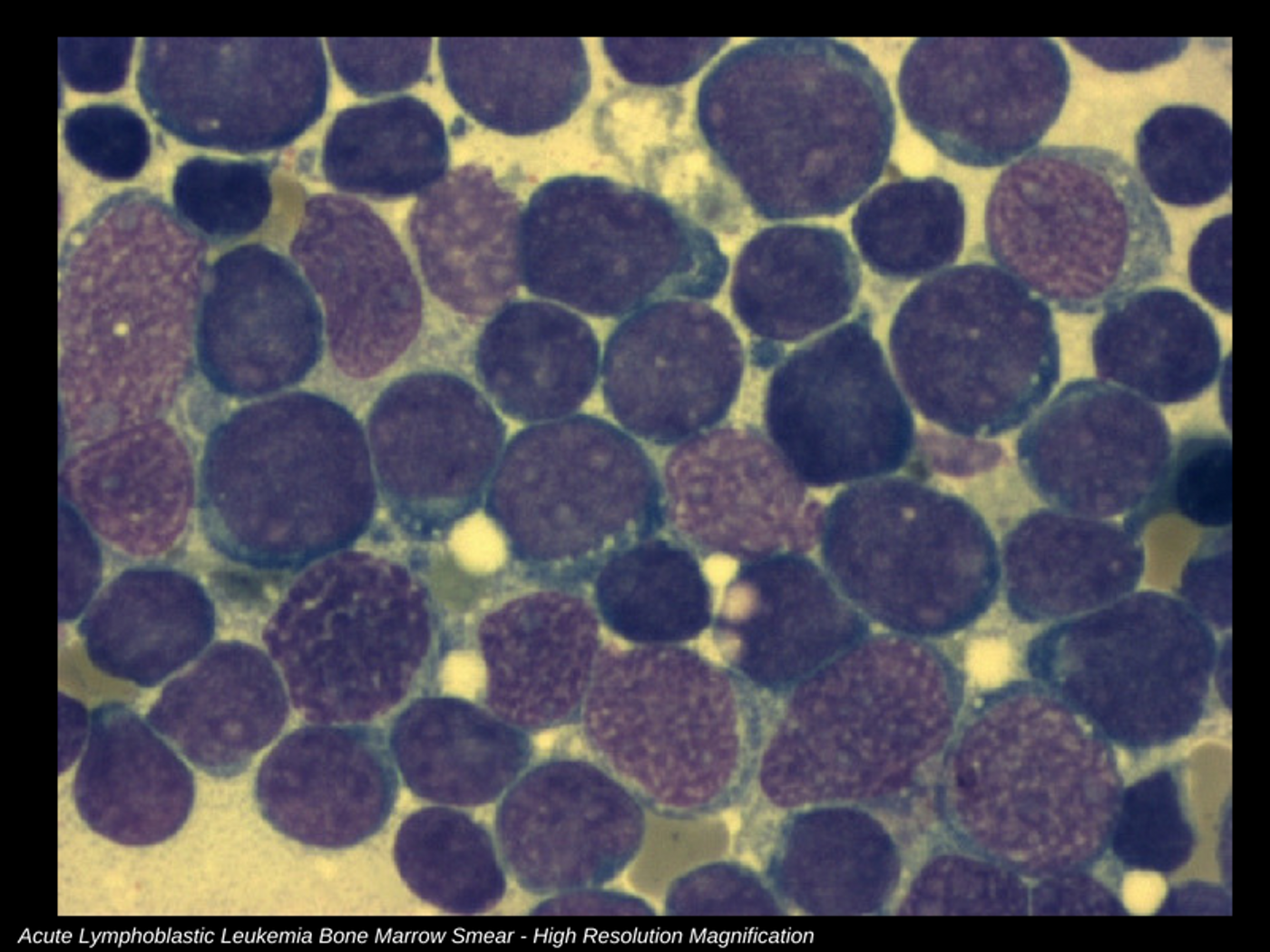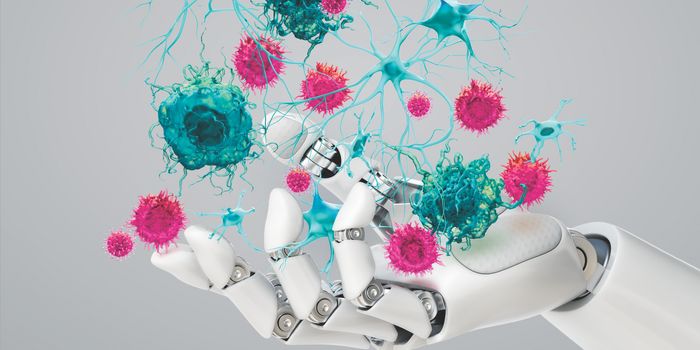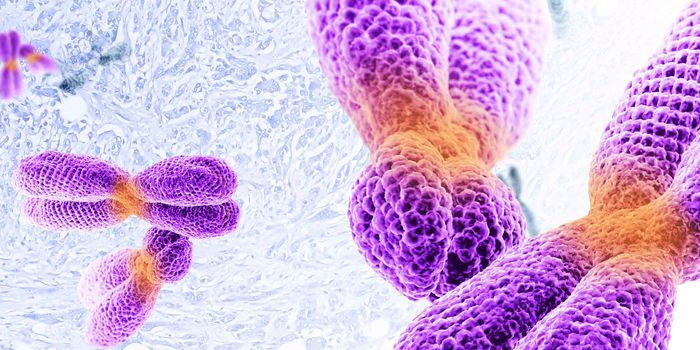Breakthrough Analysis Outlines Conceivable Cause of Childhood ALL
A British cancer biologist and Professor of Cell Biology at the Institute of Cancer Research (ICR) in London, Dr. Mel Greaves, published a comprehensive literature review in Nature Reviews Cancer yesterday as an update to his search for the causal mechanisms of most Acute Lymphoblastic Leukemia (ALL) diagnoses. Some are calling it the most comprehensive review of ALL ever published. It brings together and evaluates research and clinical findings of the disease over the past 35+ years with some leukemia studies coming from the early 20th century. In the 1990’s, Dr. Greaves and his ICR team discovered mutations present in identical twins before birth; these mutations were determined to contribute to leukemia development sometime after birth. His work has since focused on what causes the development of ALL in children, specifically in those young people ages 2 to 5 years of age.
His published theory is that along with those initial in-utero mutations, children acquire a second mutation as a result of delayed childhood infection from an abnormal immune response. He has gathered, analyzed, and shared significant evidence to support his theory. He believes that the data suggests that children who are exposed to infections as babies develop a normal immune response and that gives them some protection against leukemia. There are some important pieces to keep in mind, however. Like other cancers, the risk of childhood leukemia development is as of yet, undetermined. How that first hit develops and the cause is not well understood.
The initial findings in-utero utilized research focused on sets of twins who both developed ALL between those specified age ranges of 2-5 years old. Current technological advances in molecular modeling and sequencing have allowed better opportunities to characterize some of these findings. The initial mutation in-utero is found to be identical in both twins. Dr. Greaves writes that this finding is due to a mutation that arises in one twin and a population of pre-cancerous cells form. Because the blood supply is shared between the twins, these pre-cancerous cells travel to the other twin and produce another pre-cancerous population in that environment, similar to the metastatic process.
The delayed infection theory is not new. Many believe that there is significant positive impact to an individual’s immune system with exposure to an early childhood infection. No one is suggesting that a serious illness is necessary; however, the early infection is believed to help set up a baby’s immune response ability as compared to children who are kept in “cleaner” environments away from other children and away from potential risks for infection. There are connections being made between an “under prepped” or “unprimed” immune system early in life and development of autoimmune diseases, allergies, and type 1 diabetes.
The second mutation, or second “hit” as some call it, comes postnatally. In the study of the twins with ALL, the first mutation is identical but the second is different between the two twins. This leads researchers to the theory that it is caused by some later event, exposure, or unique change within the individual. Studies evaluating this theory and the potential infectious agents that could be the cause do not suggest there is one single virus or bacteria to blame. The data points to a multitude of common viruses and bacteria that can trigger the infection which comes after an immune system “priming” window when the children are babies.
Another data point is that ALL appears to be a disease of affluent society’s children. These are children that have parents of means; that means is used to protect babies from exposure to risks and environmental elements like common microbes or viruses. Dr. Greaves did not find significant linkages to previously identified environmental causative theories like ionizing radiation or chemical exposure. Not to say these are not possible additive factors in developing those “hits” to the pre-cancerous cells. There are additional factors including inherited mutations, genetic disorders, and others that can predispose children to development of ALL outside of the discussion regarding delayed infection.
Another data set came from murine studies that created mice with a mutated leukemia initiating gene which were then placed in an ultra-clean environment at birth. They lived in that environment and were subsequently moved to an environment with common microbes. The mice developed ALL.
There is still much to be done to fully understand the mechanisms that cause development of ALL but these findings are important to consider; can we, as a society that worries about our kids getting sick with minor inconvenient illnesses, be a little less protective to allow their immune systems to get ready fight the bigger fights later on in life?
Sources: Institute of Cancer Researchhttps://www.icr.ac.uk; Nature Reviews Cancer; ICR Researchers/Teams; Haematologica; Blood Cells, Molecules, and Diseases; Environmental Health Perspective; American Journal of Epidemiology;









